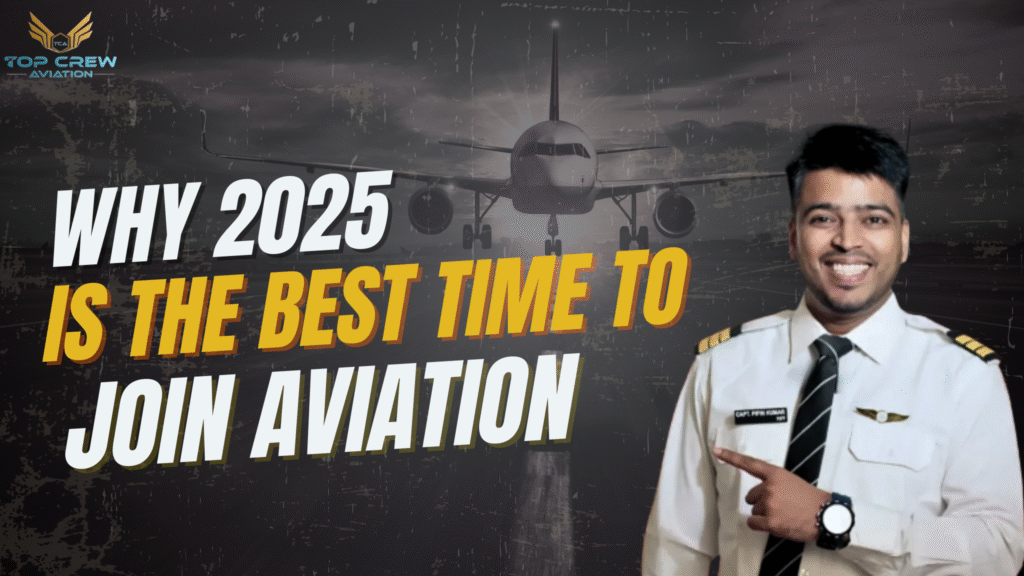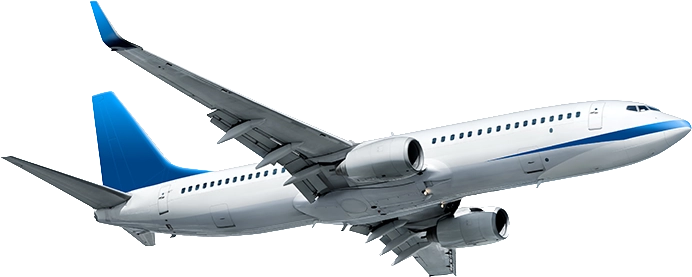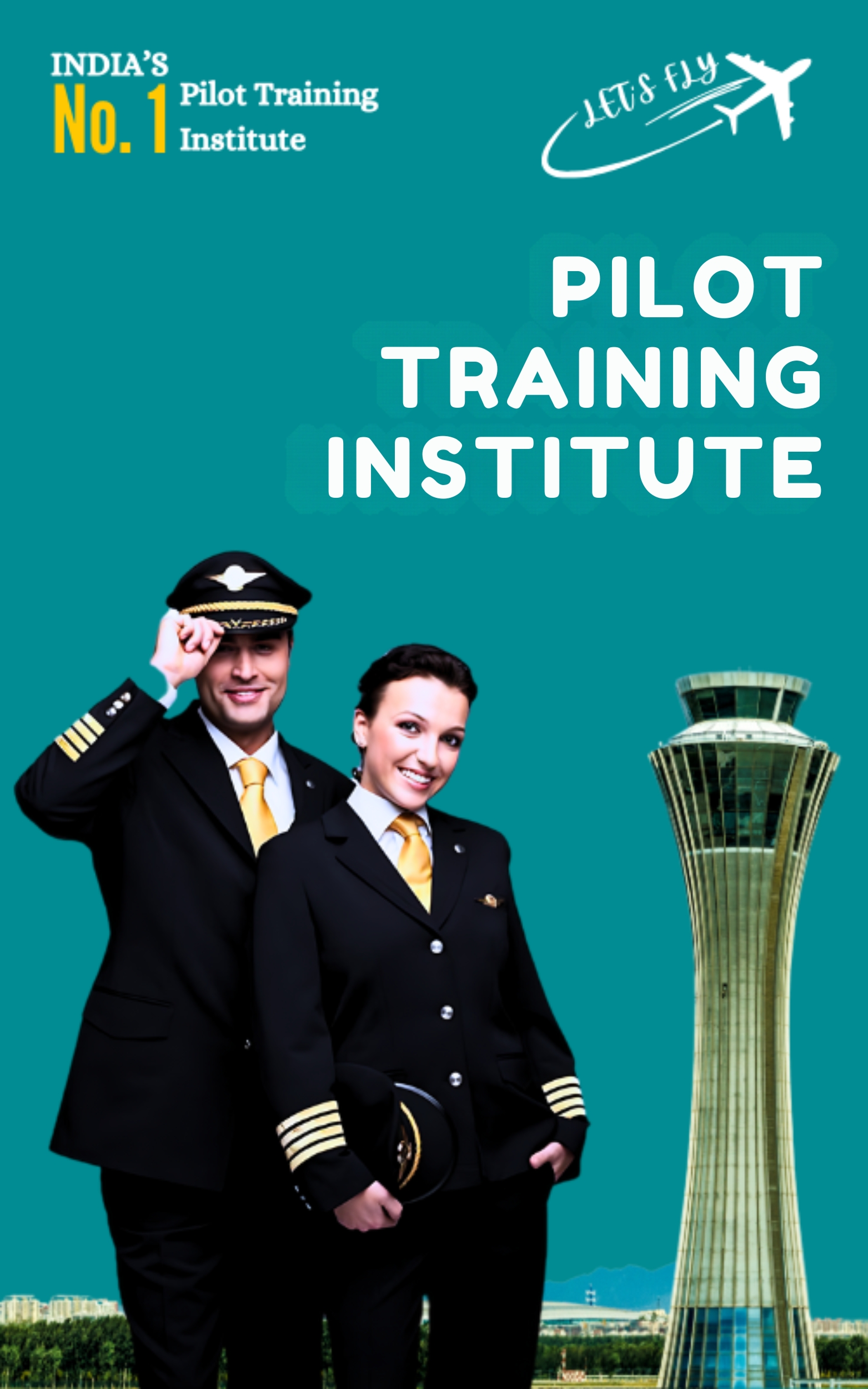Why 2025 Is the Best Time to Join Aviation
Have you ever looked up at the sky, watched an aircraft cut across the horizon, and thought—“That should be me up there”? If yes, 2025 might just be the year to make that dream real.
Aviation has always been glamorous, adventurous, and rewarding. But what makes this year, 2025, the best time to step in? The answer lies in a mix of booming demand, massive global hiring, India’s rise as an aviation powerhouse, and new opportunities that didn’t exist a decade ago.
This isn’t just a job market—it’s a career runway stretching across the next 20 years. And if you want to grab your seat in the cockpit, cabin, or operations center, the boarding call is right now.
And if becoming a pilot is your goal, Top Crew Aviation is where you can enroll in pilot-related courses that align with the latest DGCA requirements, international standards, and airline expectations.
So, buckle your seatbelt—let’s dive into why 2025 is the perfect takeoff point for your aviation career.
1. Air travel is back—and bigger than ever
Let’s start with the obvious: people are flying again, and in record numbers.
- In 2025, global passenger traffic is expected to hit 5.2 billion travelers—the highest in history.
- Airlines are adding routes, restoring schedules, and expanding fleets.
- Tourism, business, education, and even medical travel are all fueling the surge.
Think about it—every one of those passengers needs pilots to fly the aircraft, engineers to keep it airworthy, cabin crew to ensure safety and service, and ground staff to keep operations smooth.
In simple terms: more passengers = more jobs.
Read Also – Demand for Cabin Crew Jobs in 2025 – Future Trends
2. A long-term pilot and crew shortage
Here’s the real kicker: the aviation industry doesn’t just need a few thousand professionals—it needs millions over the next two decades.
- Boeing predicts the world will need 660,000 new pilots, 710,000 aircraft maintenance technicians, and 1 million cabin crew by 2043.
- Airbus backs this up with similar forecasts, pointing to South Asia (yes, India included!) as one of the fastest-growing regions.
That means if you start training in 2025, by the time you graduate and step into the job market, airlines will still be scrambling to hire. You won’t just be joining an industry—you’ll be joining one that’s desperate for skilled people.
3. India is leading the charge
Now, let’s zoom into India—because this is where things get even more exciting.
India is no longer just a “developing aviation market.” It’s now one of the top three aviation growth hubs worldwide.
- Domestic passenger traffic is growing at nearly double-digit rates.
- Airlines like IndiGo, Air India, and Akasa are placing record aircraft orders.
- The government is investing in new airports, regional routes, and better infrastructure.
In short, India is becoming an aviation superpower.
For students, this is pure gold—you don’t have to go abroad to chase opportunities. They’re opening up right here at home, in your own skies.
4. Fleets are expanding—despite global challenges
Yes, the industry has its bumps. Aircraft deliveries sometimes get delayed. Oil prices go up and down. But none of that is slowing the big picture: airlines are expanding fleets aggressively.
Airbus projects the global fleet will double in the next 20 years. That’s tens of thousands of new aircraft that need… you guessed it—pilots, crew, and technicians.
Here’s the best part: when fleets grow, entry-level opportunities grow too. First Officers, trainee engineers, and fresh cabin crew all get hired as airlines scale up.
5. A greener, smarter industry is creating new roles
Aviation in 2025 isn’t just about flying people from A to B. It’s about doing it smarter and greener.
- New-generation aircraft like the A320neo and Boeing 787 burn 15–20% less fuel.
- Airlines are investing in Sustainable Aviation Fuel (SAF).
- Data-driven operations are creating new jobs in analytics, safety, and fuel efficiency.
For young professionals, this means careers that blend technology, sustainability, and aviation—fields that didn’t even exist 15 years ago.
6. Why this timing matters for students
Let’s be real: becoming a pilot or aviation professional doesn’t happen overnight.



